Every year on October 2, people across the globe observe World Oxygen Day—a reminder of the vital role oxygen plays in human health and survival. For many, oxygen is something taken for granted. But for those living with chronic respiratory conditions such as COPD, pulmonary fibrosis, or severe asthma, every breath is a reminder of how essential oxygen truly is.
November is COPD Awareness Month! Be sure to subscribe to our Facebook Page for tips on living with COPD and getting the most from your oxygen therapy.
World Oxygen Day provides an opportunity to raise awareness about the millions of people worldwide who rely on supplemental oxygen. It’s also a time to recognize how advances in medical technology—especially portable oxygen concentrators (POCs)—have transformed the lives of patients who once faced significant limitations in their daily routines. OxiMedical is proud to have helped thousands of oxygen users live fuller, more independent lives by providing access to the latest portable oxygen concentrator technology.
In this blog, we’ll explore the importance of oxygen therapy, how portable oxygen concentrators are empowering patients to live fuller, more independent lives, and the signs that may indicate you need supplemental oxygen.
The Importance of World Oxygen Day
Oxygen is not only a critical element for life—it’s medicine. For those with compromised lung function, supplemental oxygen can mean the difference between struggling with daily activities and living a more active, fulfilling life.
World Oxygen Day, observed on October 2, was created to highlight:
- The global health challenge of oxygen shortages in hospitals and clinics.
- The importance of making oxygen therapy accessible to all patients who need it.
- How advancements in oxygen delivery systems—such as portable oxygen concentrators—are improving quality of life.
This day is especially meaningful for patients with chronic respiratory conditions who depend on reliable access to oxygen therapy.
How Portable Oxygen Concentrators Changed the Game
Not long ago, patients requiring supplemental oxygen were shackled to heavy, stationary tanks. These tanks limited mobility, made air travel impossible, and created a constant fear of “running out of oxygen.” While oxygen tanks provided essential therapy, they came with significant restrictions.
The introduction of portable oxygen concentrators (POCs) changed everything.
What Is a Portable Oxygen Concentrator?
A portable oxygen concentrator is a lightweight, battery-powered device that draws in surrounding air, filters out nitrogen and other gasses, and delivers a steady flow of medical grade oxygen. Unlike tanks that eventually run empty, POCs can operate as long as they have power—either from a rechargeable battery or a wall/car power cord.
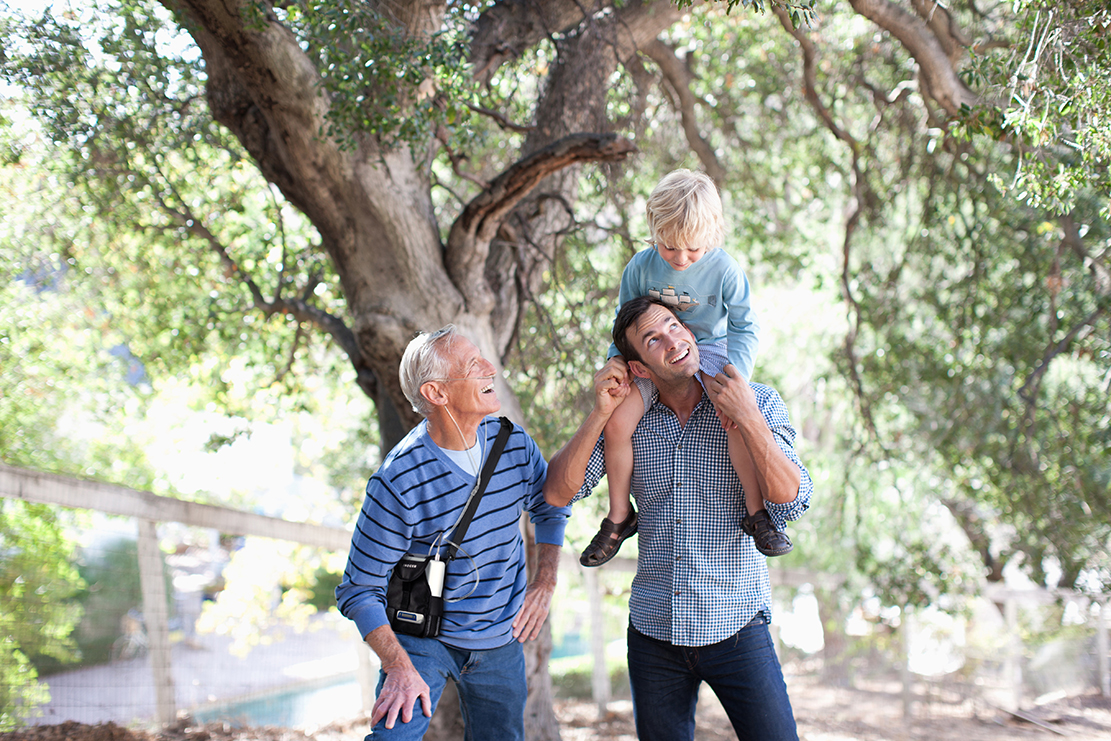
Key Benefits of Portable Oxygen Concentrators
- Mobility and Freedom – POCs allow patients to leave their homes without worrying about running out of oxygen. Shopping, exercising, or traveling by plane becomes possible again.
- Lightweight and Travel-Friendly – Most units weigh under 10 pounds and are approved by the FAA for airline travel. Those that require more extensive units that are sometimes heavier, come with rolling travel carts.
- Long Battery Life – Modern concentrators offer extended battery options, providing hours of oxygen therapy on the go.
- Quiet and Discreet – Devices are designed to operate quietly, allowing patients to go about their day without drawing attention or feeling self-conscious.
- Eliminates Dependence on Refills – Unlike tanks, POCs continuously generate oxygen from the air, reducing the stress of scheduling refills.
For many patients, the difference between using an oxygen tank and a POC is life-changing. People once confined to their homes can now travel, make memories with loved ones, and maintain an active lifestyle—all while safely managing their oxygen needs.
Real-Life Impact of Portable Oxygen Concentrators

Patients often describe receiving a portable oxygen concentrator as getting their independence back. Here are just a few examples of how POCs transform lives:
- Traveling with Confidence: A patient with COPD who always dreamed of visiting grandchildren across the country can now fly with an FAA-approved concentrator.
- Daily Activities Restored: Tasks like gardening, shopping, or walking in the park become manageable again.
- Improved Mental Health: Mobility and independence help reduce feelings of isolation and depression often associated with chronic respiratory illness.
- Longer, Better Quality of Life: Consistent oxygen therapy helps reduce strain on the heart and organs, improving overall health outcomes.
At OxiMedical, we’ve been honored to help thousands of patients experience these life-changing benefits by offering the most reliable and advanced portable oxygen concentrators available.
Signs You May Need Supplemental Oxygen
Not everyone with a respiratory condition requires supplemental oxygen, but certain symptoms may indicate it’s time to talk to your doctor. Oxygen therapy is usually prescribed when your blood oxygen levels are consistently low, often measured using a pulse oximeter.
Common Signs You May Need Oxygen:
- Chronic shortness of breath, even at rest.
- Persistent fatigue or lack of energy.
- Confusion or difficulty concentrating due to low oxygen levels in the brain.
- Bluish tint to lips, fingers, or toes (a condition known as cyanosis).
- Rapid heartbeat or frequent headaches.
- Interrupted sleep or morning headaches, sometimes linked to low nighttime oxygen levels.
If you notice these symptoms, a doctor may recommend testing your oxygen saturation. Normal oxygen levels are generally between 95–100%. Levels consistently below 88% may signal the need for supplemental oxygen.
Oxygen Therapy Beyond COPD
While COPD is the most common condition requiring supplemental oxygen, it isn’t the only one. Other conditions that may lead to oxygen therapy include:
- Pulmonary fibrosis
- Severe asthma
- Pneumonia or other respiratory infections
- Sleep apnea (in some cases)
- Congestive heart failure
- Post-COVID respiratory complications
No matter the condition, the goal of oxygen therapy is the same: to ensure your body gets enough oxygen to keep your organs functioning properly.
Portable Oxygen Concentrators and Travel

One of the greatest freedoms offered by portable oxygen concentrators is the ability to travel with ease. Traditional tanks often caused stress when planning trips, but POCs are designed with travel in mind.
- Air Travel: Most POCs are FAA-approved, meaning you can bring them on flights. Airlines usually require advanced notice, so always check before flying.
- Road Trips: Car adapters allow concentrators to run directly from your vehicle, perfect for long drives.
- Cruises and International Travel: Patients can enjoy vacations without worrying about sourcing oxygen refills abroad.
OxiMedical specializes in travel-ready portable oxygen concentrators, making it easier than ever for patients to enjoy life’s adventures without sacrificing safety or comfort. CLICK HERE to Download our FREE Oxygen Travel Guide.
The Future of Oxygen Therapy
The demand for oxygen therapy continues to grow as the global population ages and conditions like COPD become more prevalent. The first oxygen concentrators featured battery life of about 45 minutes. The most modern units can provide up to 12 hours of oxygen on a single charge. Fortunately, portable oxygen concentrators are becoming:
- More lightweight
- More powerful
- Longer lasting in battery performance
- More affordable as technology advances
In the coming years, innovations will likely make oxygen therapy even more accessible, comfortable, and user-friendly.
Conclusion: Breathing Easier on World Oxygen Day
On October 2—World Oxygen Day, we are reminded that oxygen is more than a chemical element; it’s life itself. For patients with chronic respiratory conditions, portable oxygen concentrators are more than medical devices—they’re lifelines that restore freedom, independence, and dignity.
If you or a loved one experiences persistent shortness of breath, fatigue, or other symptoms of low oxygen, talk to your doctor about whether supplemental oxygen therapy may be right for you. And if oxygen therapy is recommended, remember that a portable oxygen concentrator can open the door to a more active and fulfilling lifestyle.
Breathing shouldn’t hold you back. Thanks to today’s technology, it doesn’t have to.
Frequently Asked Questions About Portable Oxygen Concentrators
1. What is World Oxygen Day?
World Oxygen Day, observed on October 2, raises awareness about the importance of oxygen for health and survival. It highlights the challenges patients face in accessing oxygen therapy and celebrates advancements like portable oxygen concentrators, which have given millions of people greater independence.
2. What conditions require supplemental oxygen?
The most common condition requiring oxygen therapy is COPD, but other conditions include pulmonary fibrosis, severe asthma, pneumonia, congestive heart failure, post-COVID respiratory complications, and certain sleep disorders. Your doctor will prescribe oxygen therapy if your blood oxygen levels are consistently too low.
3. What are the signs I might need oxygen therapy?
Signs you may need supplemental oxygen include:
- Shortness of breath at rest or with minimal exertion
- Fatigue or difficulty concentrating
- Bluish lips or fingertips (cyanosis)
- Morning headaches or interrupted sleep
- Low oxygen saturation (usually below 88%) on a pulse oximeter
If you notice these symptoms, consult a healthcare provider.
4. How does a portable oxygen concentrator work?
A portable oxygen concentrator (POC) pulls in air from the surrounding environment, removes nitrogen, and delivers a higher concentration of oxygen directly to the patient. Unlike oxygen tanks, POCs never “run out” of oxygen—they just need power from a rechargeable battery or wall outlet.
5. Can I travel with a portable oxygen concentrator?
Yes! Most portable oxygen concentrators are FAA-approved for airline travel. You’ll need to notify your airline ahead of time and bring enough batteries for your flight. POCs also work in cars (with adapters) and on cruises, making them the most convenient option for travelers with respiratory conditions.
6. How heavy are portable oxygen concentrators?
Most POCs weigh between 4 and 10 pounds, depending on the model. The smallest weighs just 3 pounds! They are designed to be lightweight and easy to carry with padded shoulder straps, backpacks, or rolling carts.
7. How long do the batteries last?
Battery life varies by model and flow setting. Standard batteries may last 4–6 hours, while extended batteries can provide up to 10–12 hours of use before recharging.
8. Are portable oxygen concentrators covered by insurance or Medicare?
Coverage depends on your insurance provider and eligibility. In many cases, Medicare may cover oxygen therapy but often does not cover the purchase of a portable oxygen concentrator outright. Some patients choose to rent or buy directly from oxygen suppliers. OxiMedical helps patients explore affordable options, including trade-in programs and financing, to make getting a POC more accessible.
9. Can I sleep with a portable oxygen concentrator?
Some POCs are designed for 24 hour use, while others are only for daytime and travel. If you use a CPAP or BiPAP, it’s important to choose a unit that provides continuous flow (not just pulse-dose) and confirm with your doctor. They’ll likely want you to monitor your oxygen saturation levels while you sleep, at least in the beginning.
10. How do I know which portable oxygen concentrator is right for me?
The best POC depends on your oxygen prescription, lifestyle, travel needs, and budget. Some models are better for active users, while others are suited for patients needing higher flow rates. Always consult with your doctor and an authorized, manufacturer approved, oxygen provider before making a decision. At OxiMedical, our respiratory specialists work with patients to match them with the ideal concentrator for their specific needs.
Conclusion: Breathing Easier on World Oxygen Day
On October 2—World Oxygen Day, we are reminded that oxygen is more than a chemical element; it’s life itself. For patients with chronic respiratory conditions, portable oxygen concentrators are more than medical devices—they’re lifelines that restore freedom, independence, and dignity.
If you or a loved one experiences persistent shortness of breath, fatigue, or other symptoms of low oxygen, talk to your doctor about whether supplemental oxygen therapy may be right for you. And if oxygen therapy is recommended, remember that a portable oxygen concentrator from OxiMedical can open the door to a more active and fulfilling lifestyle.
OxiMedical is proud to support patients nationwide, helping thousands live fuller, healthier, and more independent lives with the latest portable oxygen technology.
If you have any questions our respiratory team can be reached at 1-888-643-4921. Give us a call today!
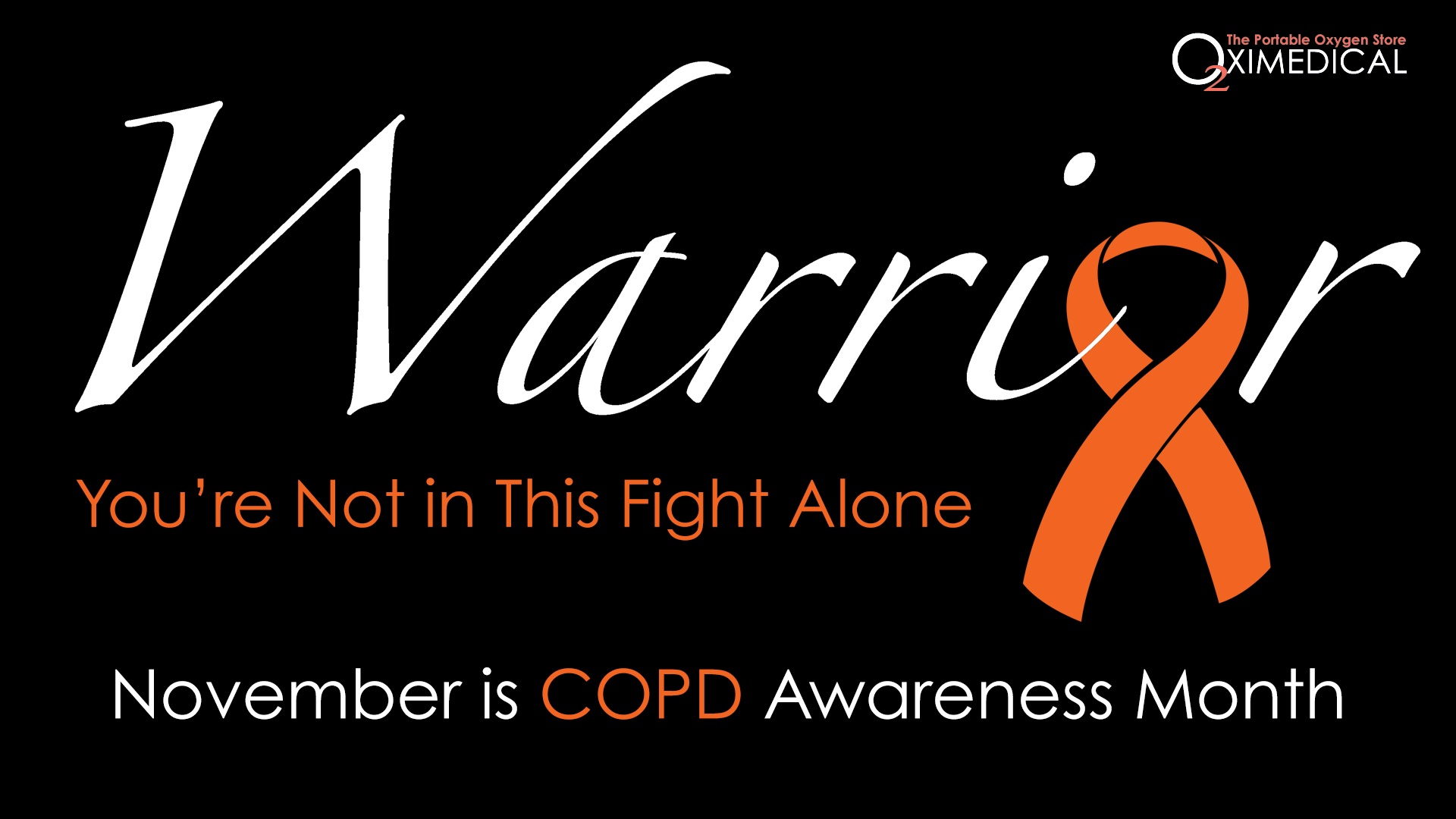

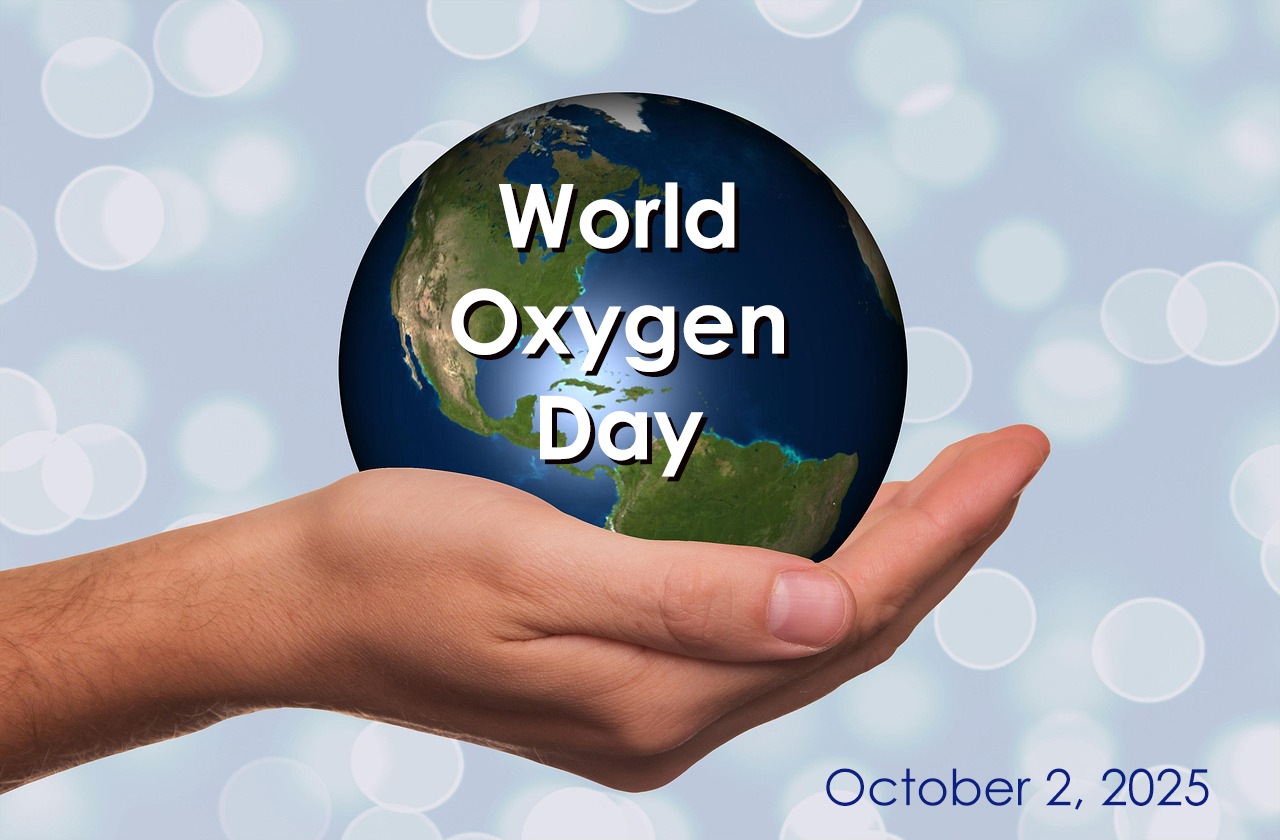
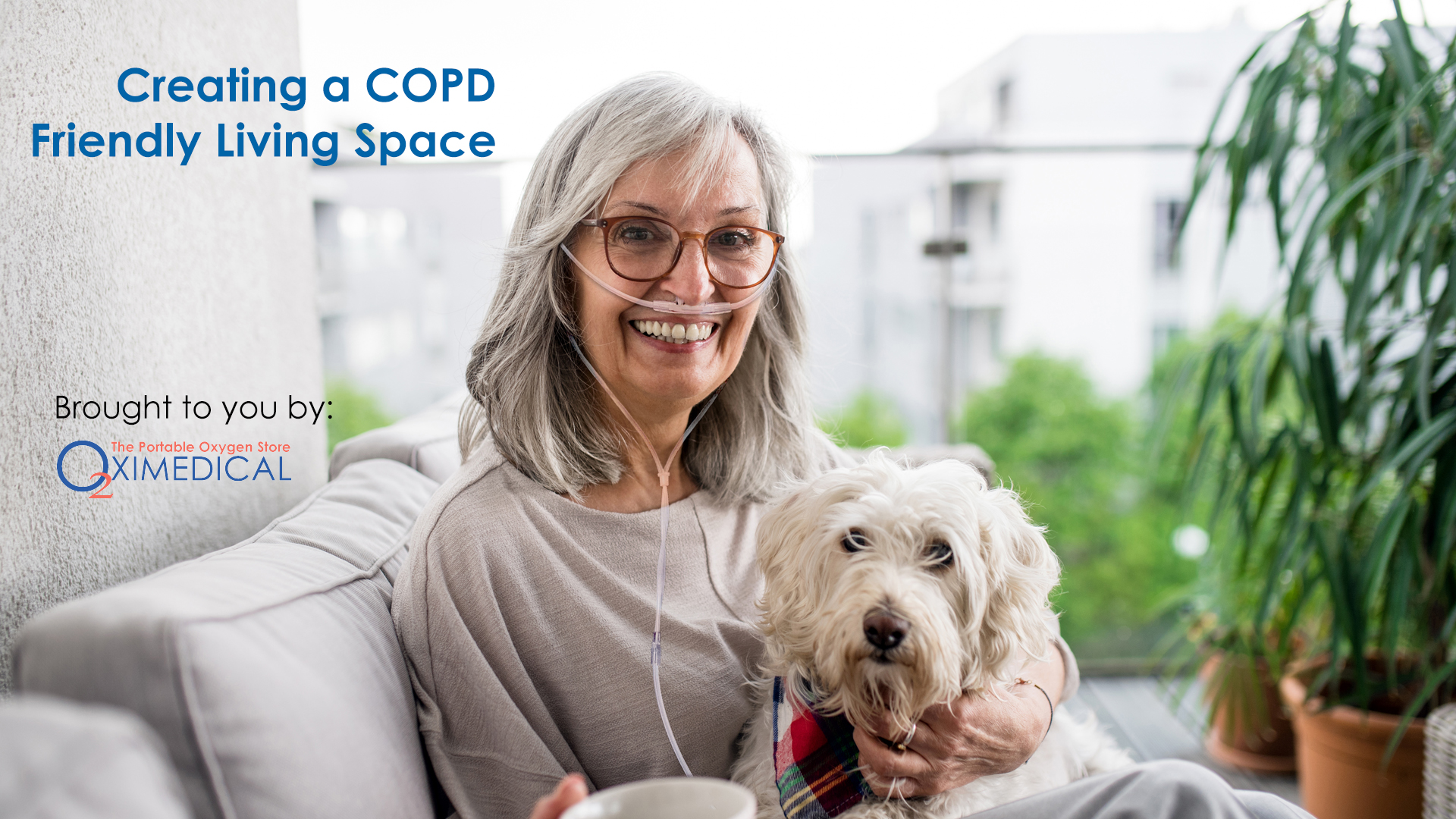
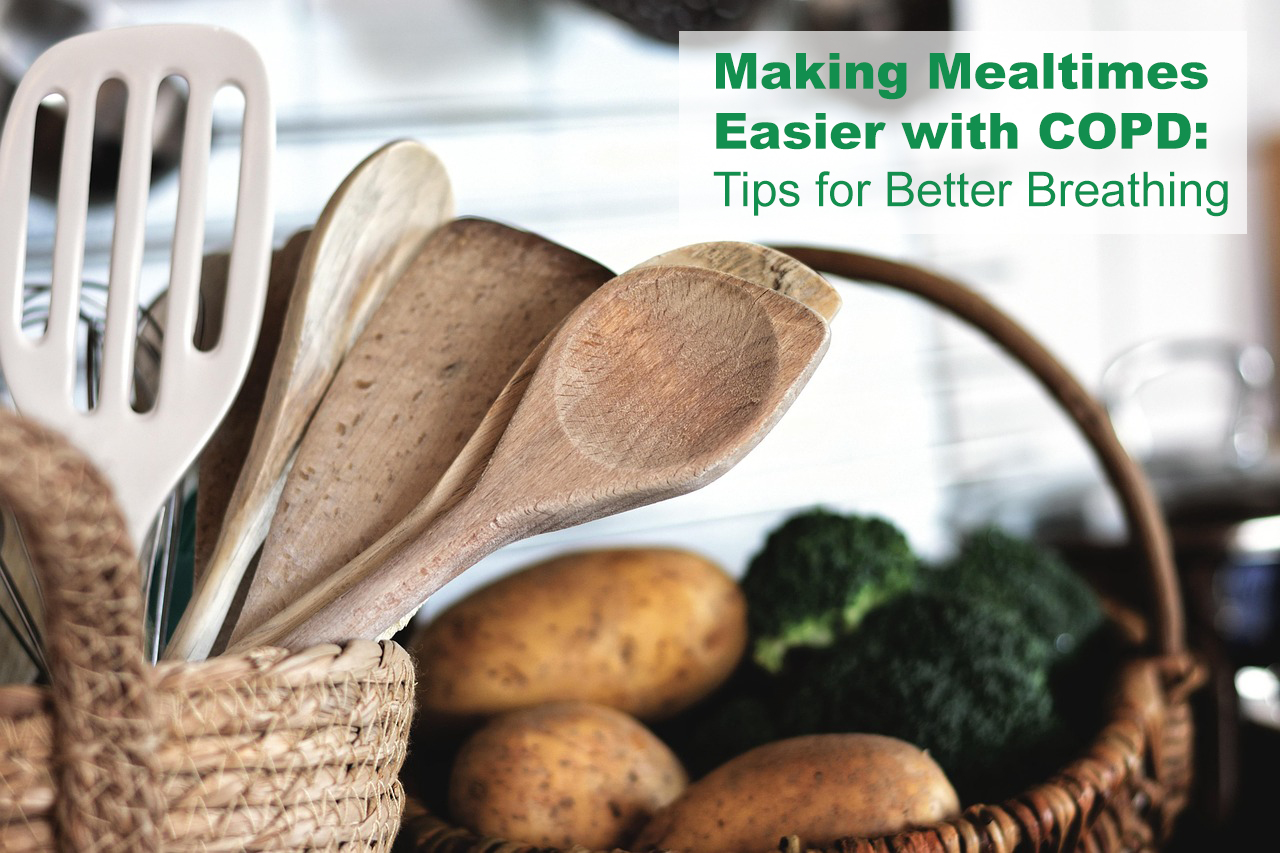
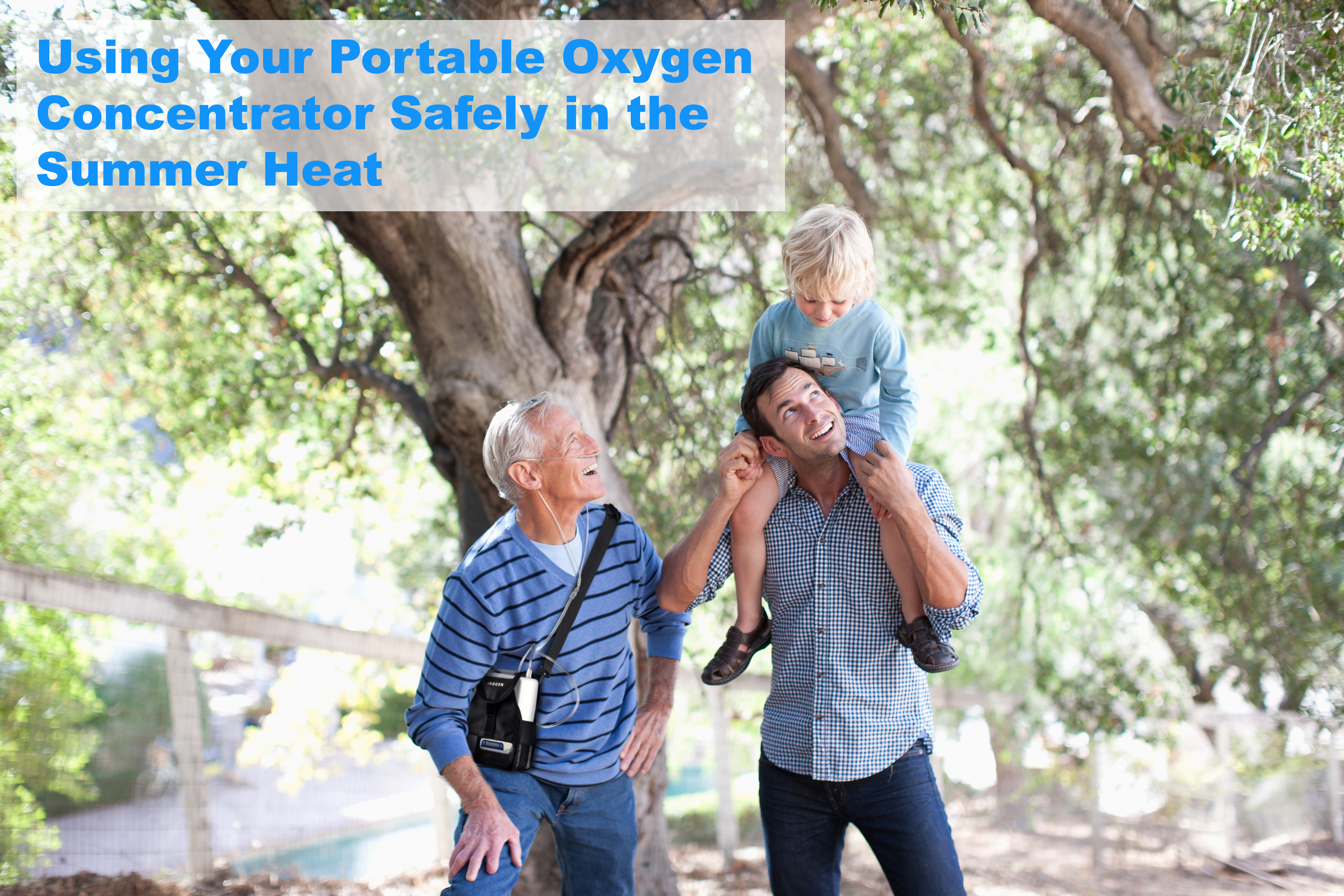
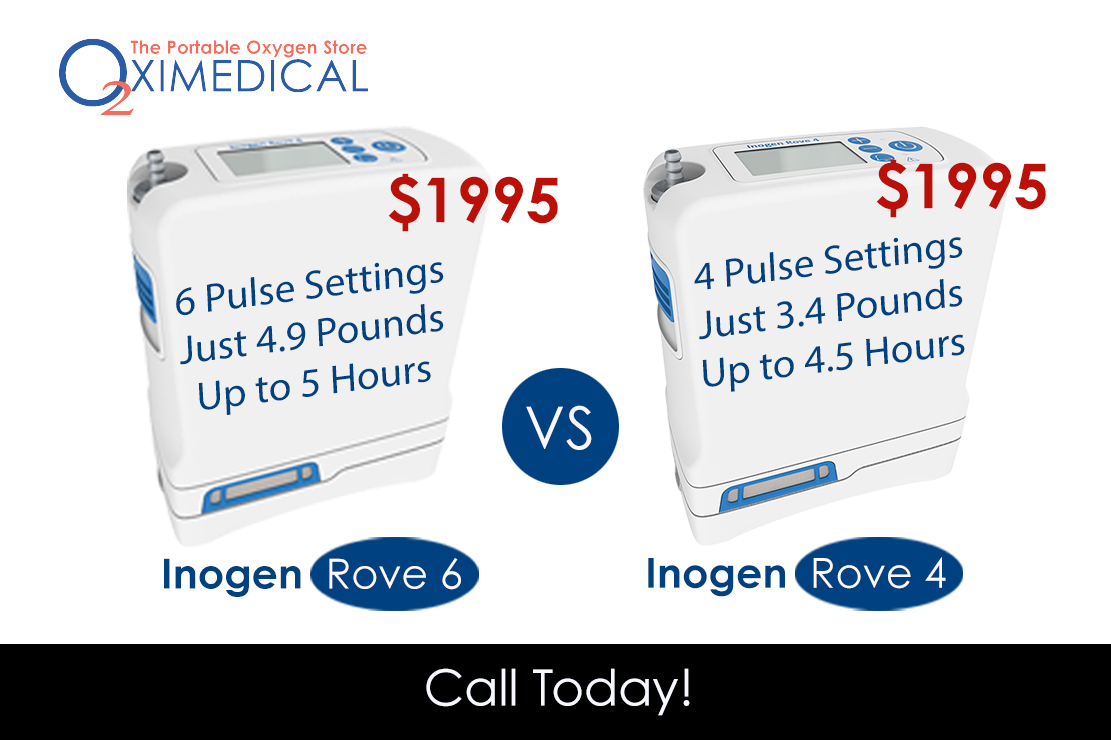

0 Comments